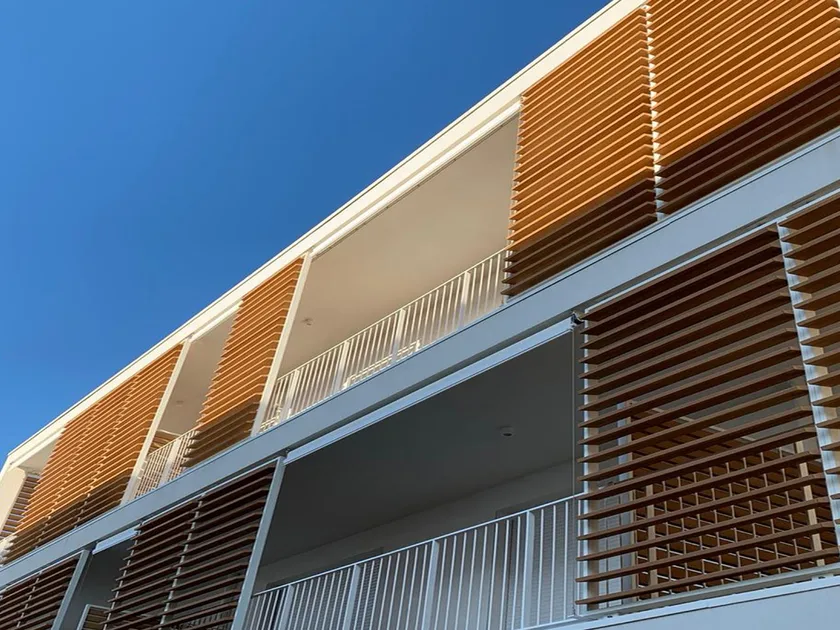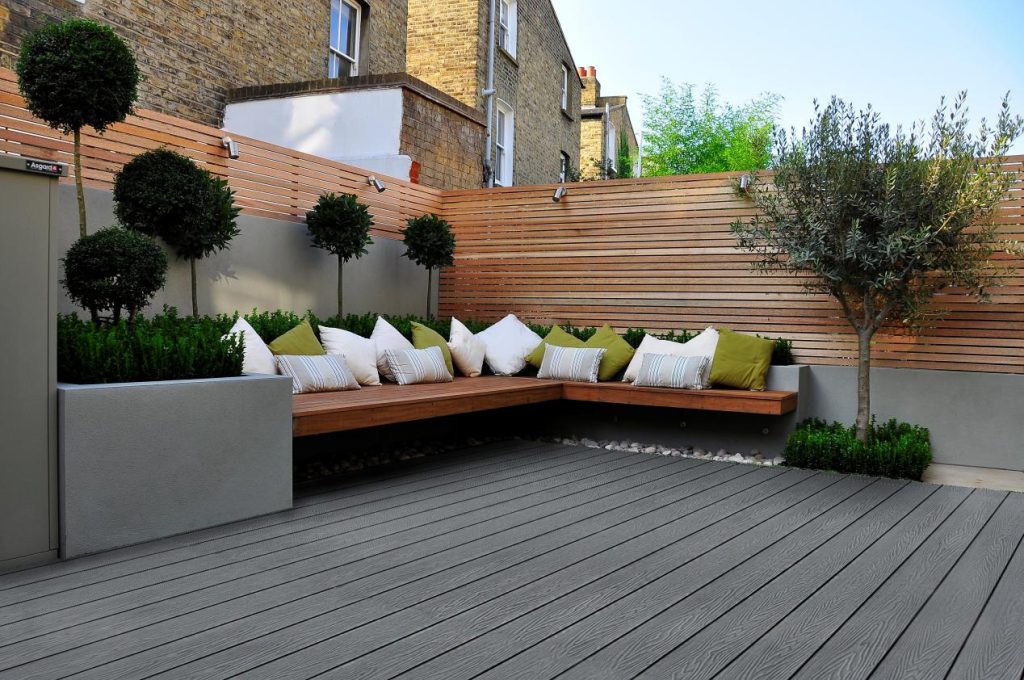Windows, the portals to natural light and fresh air, are crucial elements in any building. Enhancing these portals are window accessories, with shutters standing out as both decorations and symbols of taste. In this article, we’ll delve into the fascinating world of shutters, exploring their historical evolution and the recent rise of a new material type: WPC shutter.
01. Shutters’ Origin and Development
Table of Contents
Shutters have a rich history, originating in ancient China over a thousand years ago as straight lattice windows. From military installations to residential buildings, the straight lattice design proliferated during the Warring States to the Han Dynasty. Similarly, Europe witnessed the evolution of shutters from straight-paned windows to the diverse styles we see today. Modern shutters, crafted from materials like aluminum alloy and PVC, reflect the evolving demands for lighting, sunshade, ventilation, and architectural aesthetics.
02. Shutters’ Types
Shutters come in various types, primarily categorized into vertical and horizontal blade shutters. While both exist, horizontal blade shutters dominate the market due to their widespread popularity.
03. Shutters’ Advantages & Disadvantages
Advantages
- Light Adjustment: Easily control interior lighting by adjusting the angle of the blades, providing softer and more comfortable lighting while preventing UV rays and glare.
- Privacy Protection: Freely adjust the blade angle to shield your indoor space from prying eyes, ensuring a secure and private atmosphere.
- Optimal Ventilation: Strike a balance between privacy and ventilation, promoting air circulation and preventing moisture buildup.
- Space Efficiency: Installed close to the window glass, shutters save space, contributing to a neat and organized interior.
- Aesthetic Appeal: With simple shapes and smooth lines, shutters offer a natural and beautiful aesthetic, creating unique light and shadow effects.
- Easy Maintenance: Compared to traditional curtains, shutters are easy to clean—just wipe with a damp cloth or dust them off.
- Stability: Fixed installation prevents shutters from being blown around by strong winds, ensuring both stability and home privacy.
Disadvantages
- Limited Blackout: May not provide the same level of light-blocking as specialized blackout fabric curtains.
- Higher Price: Some shutters may be more expensive compared to standard curtains.
- Installation Challenges: Installing shutters may require adjusting the blade angles, adding some complexity to the process.
- Maintenance Costs: The mechanism of shutters can be more complicated, potentially leading to higher maintenance costs.
04. Traditional Shutter Material Breakdown
Shutters historically have been crafted from various materials, each with its unique characteristics:
Solid Wood Shutters:
- Pros: Natural texture, aesthetic appeal, health-friendly, and good thermal insulation.
- Cons: High price, regular maintenance required, environmental impact.
Bamboo Shutters:
- Pros: Fast-growing, reducing environmental impact.
- Cons: Unsuitable for humid or highly acidic environments.
Aluminum Alloy Shutters:
- Pros: Lightweight, high strength, durable, convenient light adjustment.
- Cons: Poor heat insulation, prone to aging.
PVC Shutters:
- Pros: Affordable, strong water resistance.
- Cons: Mediocre appearance and texture.
05. Enter WPC Shutters: A Sustainable Game-Changer
In today’s environmentally conscious construction landscape, WPC shutters stand out as a sustainable and stylish choice. Combining the best of plastic and wood, these shutters offer durability, moisture resistance, and a natural texture. Let’s explore their advantages over traditional options:
Advantages of WPC Shutters:
- Environmental Friendliness: WPC shutters are eco-friendly, contributing to reduced deforestation and promoting plastic recycling.
- Aesthetic Appeal: Natural textures and warm colors add comfort and coziness to home interiors, making them ideal for various decorative styles.
- Style Enhancement: With advanced wood imitation appearances, WPC shutters elevate the overall style of a building, making them eye-catching additions to any space.
- Personalization: WPC material allows for various shapes and colors, enabling customization to match different decorative styles.
- Safety: Non-toxic with zero formaldehyde, WPC shutters provide peace of mind. Additionally, they possess fireproof characteristics, enhancing building safety.
- Energy Efficiency: With low thermal conductivity, WPC shutters block solar radiation, reducing energy consumption and indoor temperatures, resulting in cost savings.
- Simple Maintenance: Anti-fouling, scratch-resistant, and excellent weather resistance make WPC shutters easy to maintain, eliminating concerns about fading or discoloration.
In conclusion, the versatility and sustainability of WPC shutters position them as a top choice for modern living spaces. As we navigate the ever-evolving world of window accessories, WPC shutters shine as a beacon of style, functionality, and environmental responsibility.
For further information on WPC shutters or any inquiries, click the Speak button in the lower right corner. We’re here to provide you with the most comprehensive information and guide you towards a brighter, more sustainable future.








